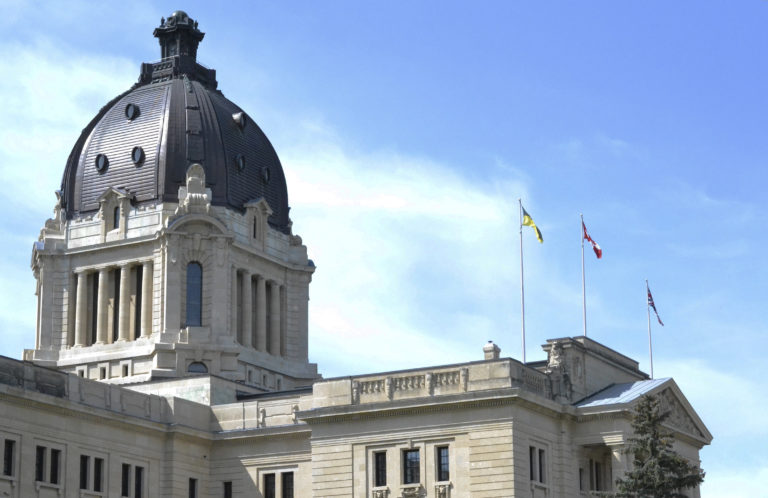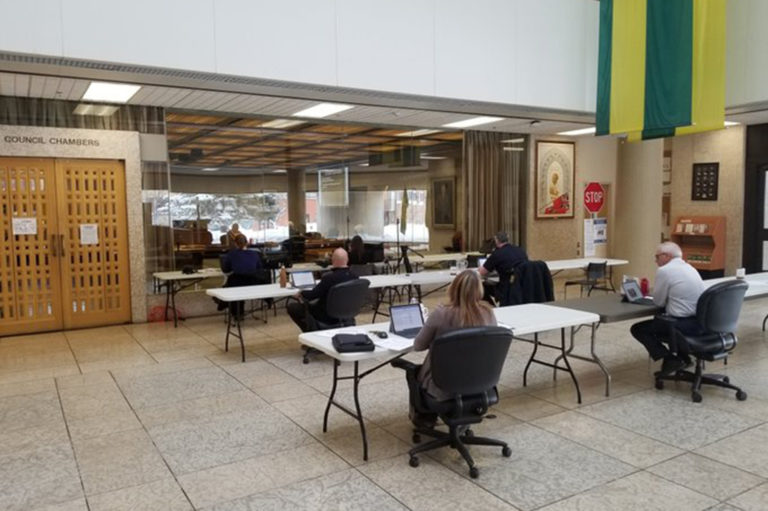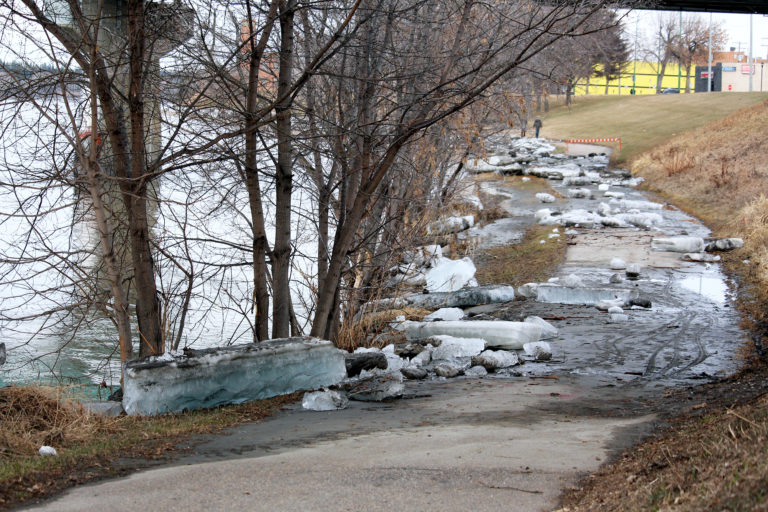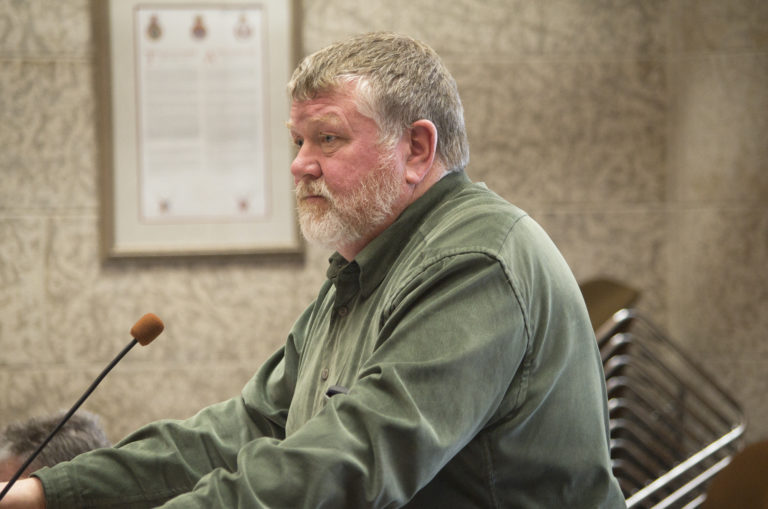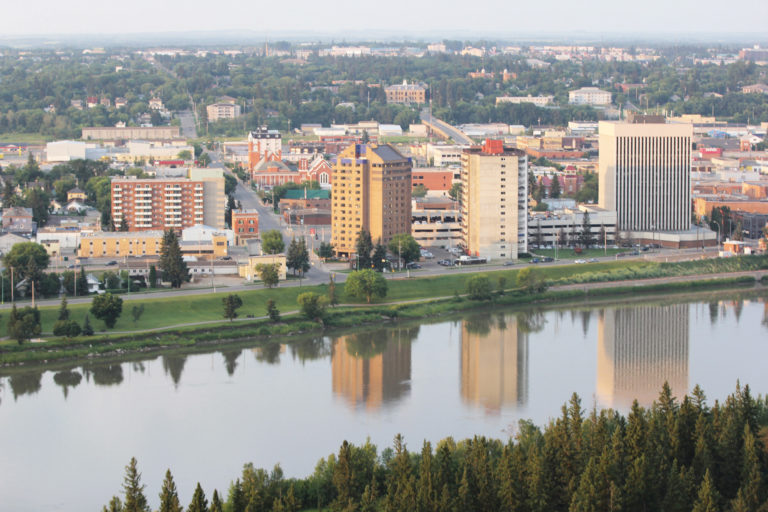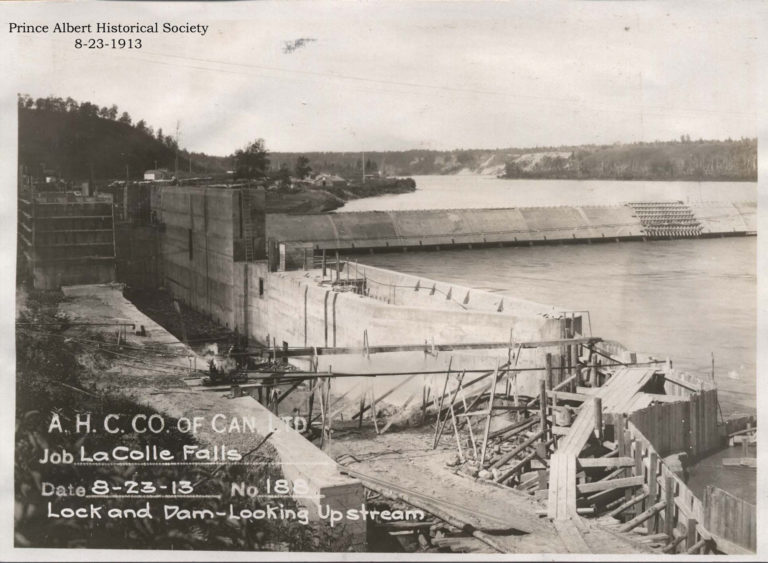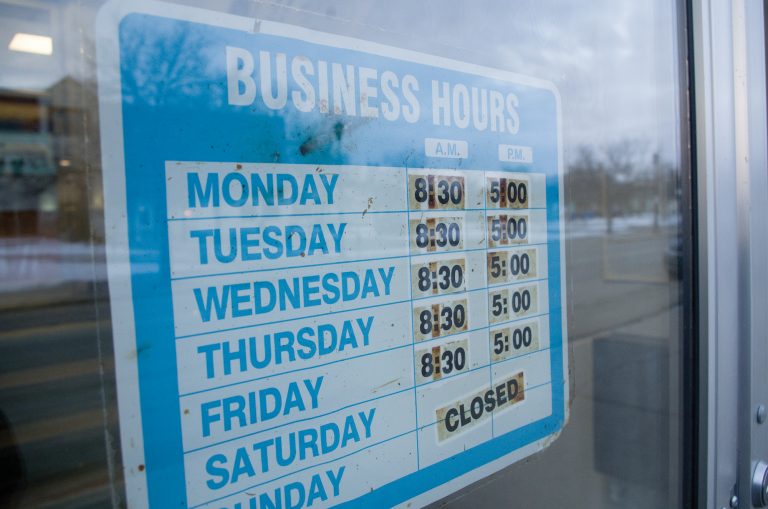A motion to suspend water shutoffs at properties where owners have not allowed the city to switch out old water meters was voted down by a 6-3 margin on Tuesday.
The city has already stopped shutting off water for unpaid utility bills, but continued the practice on properties who have not set up appointments to have their water meters changed. Since March 20, the City has shut off the water at six properties for not complying with the water meter replacement program.
There are still 158 properties in the city who have yet to set up the appointments, and Mayor Greg Dionne said they’ve had plenty of time to contact the city.
“To me, shutting water off to those homes is totally different than people who can’t afford their bill,” Dionne said following Tuesday’s council meeting. “It doesn’t cost them a dime. They’ve just got to open the door.”
“This is totally different than COVID,” he added. “We’ve made every effort to install them. They leave us with no choice. You don’t want to do it during COVID-19, but it’s not related to COVID-19.”
Roughly one-third of those 158 properties were commercial, according to city data from one month ago. Dionne said he’d be contacting the property owners immediately to find out what the problem was.
“We should have no tolerance for commercial (properties),” he said afterwards. “There’s no reason why we can’t go in and change the meter.”
Ward 2 Coun. Terra Lennox-Zepp brought forward the motion at Tuesday’s meeting. She said some people may be socially isolating, and don’t want to set up an appointment at this time. She added that it was important for residents to have running water during the pandemic, and said she hasn’t heard of any significant disadvantages to keeping the water running.
“If somebody has a downside, I really need to hear it,” she said during the meeting. “I want to know because so far I’ve just heard that we need to continue with this program because we put money and energy into (it), which is all true. But, to just suspend the shutoffs right now has no downside because we get to continue with the new program, as we are right now. We get to continue with monthly billing, as we are right now.”
Lennox-Zepp urged city administration to try sending letters to residents, instead of making phone calls or tagging doors.
Private contractor CORIX Water Products has set up a call centre to set up water meter appointments. Under the terms of that contract they have to call property owners at least three times before turning the problem over to the City.
Prince Albert’s financial services director, Cheryl Tkachuck, said they’re satisfied CORIX is doing a good job of contacting residents and setting up appointments. She’s not sure why there are problems with the remaining 158 properties.
“I think for the most part, people are wanting to do it, but for whatever reason, some are making it difficult,” she said.
While the majority of the 158 properties are residential or commercial, Tkachuck said the list also includes a few government properties, like schools. She suspects the COVID-19 pandemic has made it difficult for CORIX to get in touch with the right people.
The City first started replacing water meters in Prince Albert roughly 13 months ago. Since then, property owners at 11,440 sites have complied. The City of Prince Albert has invested more than $4.8-million in this project, which will allow city employees to read water meters without entering the property. It will also allow the city to send out utility bills monthly instead of every three months.
Tkachuck said they originally planned to have all meters in place by the end of December. They have not set a new deadline for getting all 158 properties to comply, but added they’re still going to keep pushing.
“At some point, we’re going to have to pull the plug and say, ‘gotta do it,’” she explained.
Couns. Evert Botha and Charlene Miller were the only two other councillors to support Lennox-Zepp’s motion. Couns. Dennis Ogrodnick, Dennis Nowoselsky, Don Cody, Ted Zurakowski and Blake Edwards all voted against stopping water shutoffs. Edwards, said he would even support issuing $2,000 fines to property owners who refused to have their meter changed.
Tuesday’s water shutoff debate was marred by poor phone connections, which inhibited council’s ability to discuss the issue.
After Lennox-Zepp made a series of queries about the 158 properties in question, Dionne ruled that council could not ask administration questions at this time.
Dionne said administration already answered questions about the project during the Inquiries phase of the meeting, and declined to allow more questioning. Lennox-Zepp’s motion was the second last item discussed at the meeting.
However, Dionne’s mic cut out during the debate, preventing listeners in the City Hall foyer from hearing his response. Lennox-Zepp, who was one of three councillors appearing by phone due to COVID-19 restrictions, didn’t hear it either, forcing council to detour from the water meter debate to discuss meeting rules of order.
Lennox-Zepp said she respected the mayor’s decision, but argued her questions were important to the debate, and city administrators should have been allowed to answer them.
“It’s important that we be able to hear from administration for reasonable questions, and I think this is a reasonable question,” she said. “(I’m) asking administration ‘what is the impact if this motion passes?’ They might know something that we haven’t talked about yet, and that is not a question I asked in inquires because I thought it was more appropriately asked in this discussion.”
When asked to repeat his ruling, Dionne said the financial director had already answered “a pile of questions” from council during the inquiries section, and he assumed all questions were answered then. He added that he did not want council to rehash issues they already debated.
Story updated on Friday, May 22 at 5:30 p.m. to include the number of water shutoffs since March 20.

